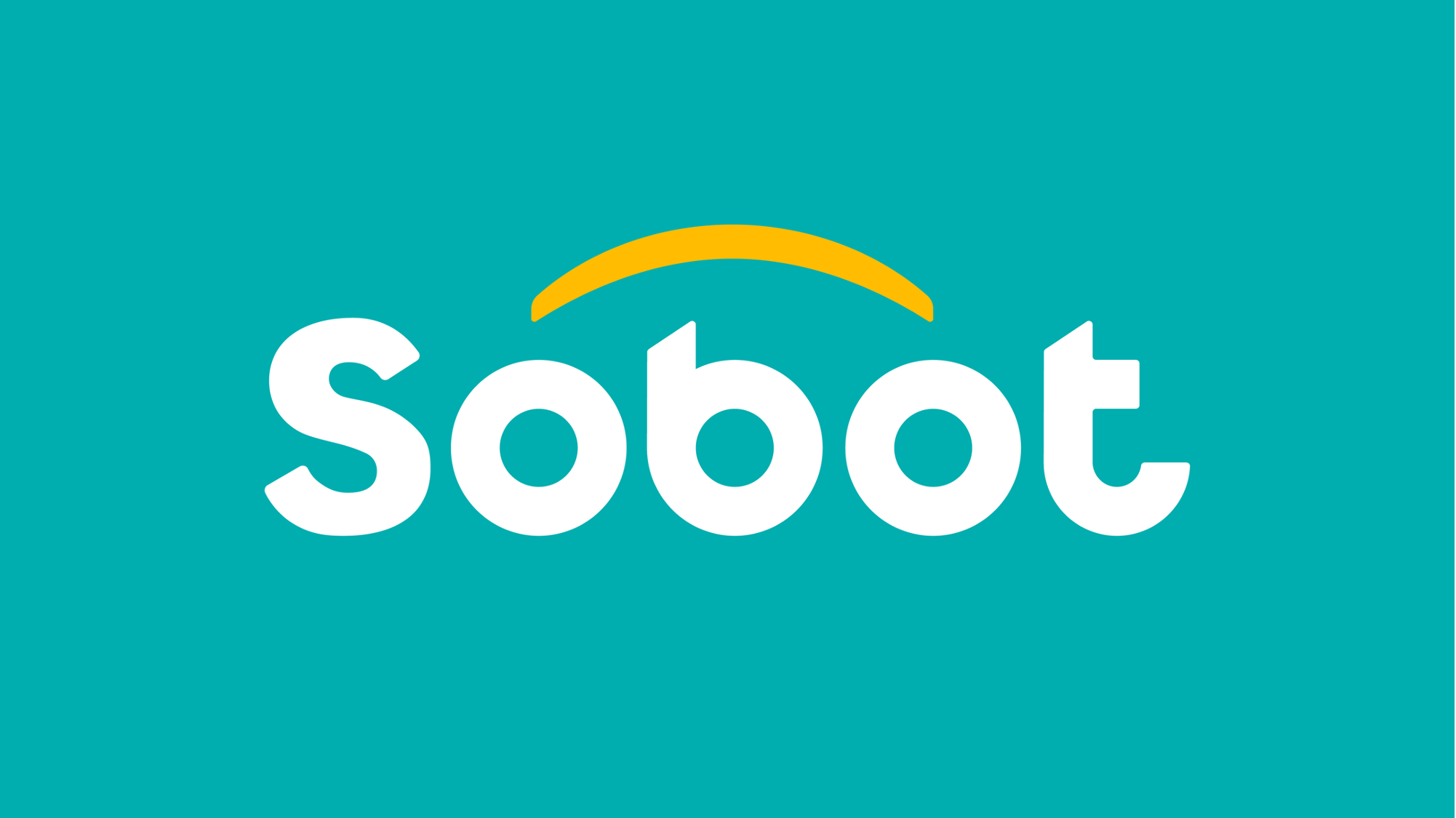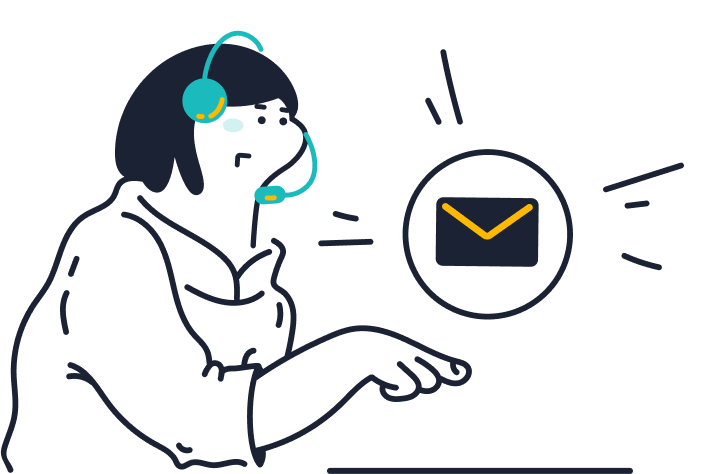In the rapidly evolving world of artificial intelligence (AI), chatbots have become an essential tool for businesses looking to enhance customer engagement. Among various types of chatbots, the Retrieval-Augmented Generation (RAG) chatbot stands out. This article will explore what a RAG chatbot is, how it works, and its applications.
What is a RAG Chatbot?
A RAG chatbot combines two powerful AI techniques: retrieval and generation. Traditional chatbots often rely solely on predefined responses or scripted interactions. In contrast, RAG chatbots leverage a two-step process that enhances their ability to provide accurate and contextually relevant answers.
The Retrieval Component
The retrieval aspect involves sourcing information from a large database or knowledge base. When a user asks a question, the chatbot first retrieves the most relevant documents or data snippets related to the query. This ensures that the responses are grounded in actual knowledge rather than relying solely on pre-programmed answers.
The Generation Component
Once the relevant information is retrieved, the generation component synthesizes this data into a coherent response. Using advanced natural language processing (NLP) techniques, the RAG chatbot can tailor its replies based on the context of the conversation. This combination of retrieval and generation allows for more dynamic and informative interactions, making the chatbot appear more intelligent and responsive.
How Does a RAG Chatbot Work?
The operation of a RAG chatbot can be broken down into several key steps:
- User Input: The interaction begins when a user poses a question or request.
- Information Retrieval: The chatbot analyzes the input and queries its knowledge base to find relevant documents, articles, or data snippets.
- Response Generation: With the retrieved information, the chatbot constructs a response using NLP techniques. This response is designed to be coherent and contextually appropriate.
- User Interaction: The chatbot presents the generated response to the user, facilitating a natural flow of conversation.
- Learning and Improvement: Many RAG chatbots are designed to learn from interactions over time. They can refine their retrieval and generation processes, improving their accuracy and relevance.
Benefits of Using RAG Chatbots
Enhanced Accuracy
One of the primary advantages of RAG chatbots is their ability to provide accurate information. By retrieving data from a comprehensive knowledge base, they can offer precise answers that are relevant to user queries.
Contextual Understanding
RAG chatbots excel at understanding context, allowing them to deliver personalized responses. This leads to improved user satisfaction and engagement, as users feel their specific needs are being addressed.
Scalability
For businesses, RAG chatbots can handle a high volume of inquiries simultaneously. This scalability reduces the need for extensive human resources while maintaining effective customer support.
Continuous Learning
Thanks to their learning capabilities, RAG chatbots can continually improve their performance. They adapt to new information and user interactions, ensuring they remain up-to-date and relevant.
Applications of RAG Chatbots
RAG chatbots find applications across various industries, including:
- Customer Support: Assisting customers with inquiries, troubleshooting, and product information.
- E-commerce: Helping users find products, providing recommendations, and managing orders.
- Healthcare: Offering information about symptoms, medications, and appointments.
Education: Assisting students with queries related to coursework, resources, and administrative processes.

Conclusion
The emergence of RAG chatbots represents a significant advancement in AI-driven communication tools. By blending retrieval and generation, these chatbots offer enhanced accuracy, contextual understanding, and scalability. As businesses continue to embrace AI technology, RAG chatbots will play an increasingly vital role in improving customer interactions and support. Understanding this innovative technology is essential for organizations looking to leverage AI for better engagement and efficiency.


